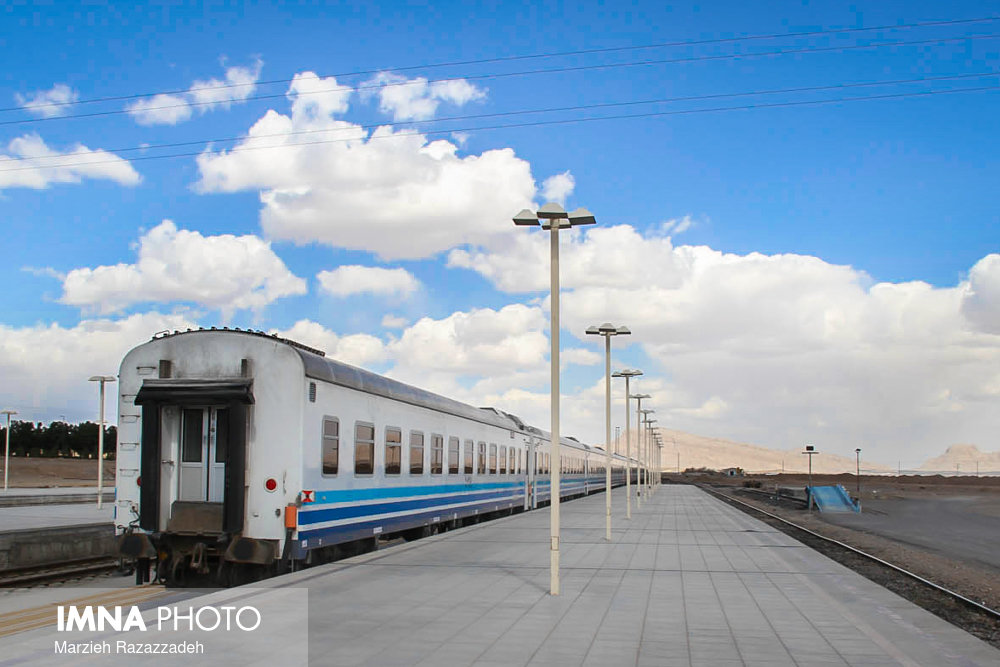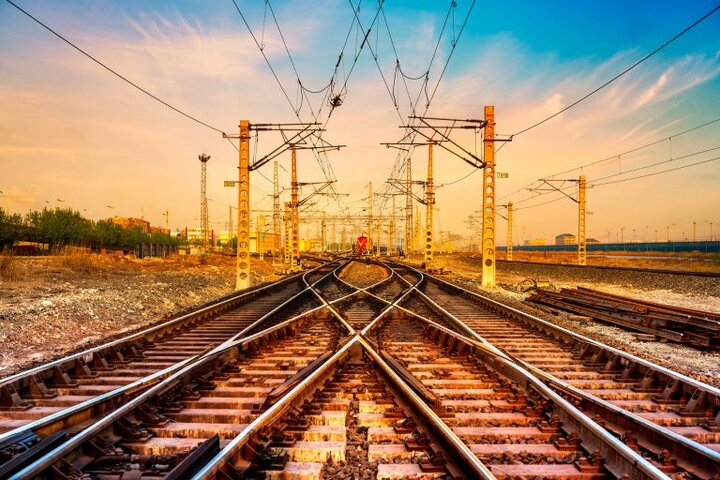Iran (IMNA) - The railway sector stands out as an exemplar of this progress, with significant achievements in attaining self-reliance in key areas. The country has successfully achieved self-sufficiency in the manufacturing of parts and equipment, as well as the production of rail tracks, wagons, and locomotives.
A notable milestone occurred in June 2018, when the Islamic Republic of Iran Railways (RAI) received its first shipment of domestically-manufactured rail tracks, known as National Rail. Complying with the latest global engineering standards, including EN13674, these U33 rail tracks weighed 500 tons.
Transport and Urban Development Minister Mohammad Eslami expressed his satisfaction with this accomplishment, emphasizing the necessity of progressing towards self-sufficiency in this sector. He hailed the delivery of the first batch of National Rail as a significant achievement and stressed Iran's ambition to become a major rail track manufacturer in the region.
During the 20th edition of Iran's International Exhibition of Building and Construction Industry (Iran ConFair 2020) in mid-September, Minister Eslami further highlighted the pride associated with implementing National Rail within the country's railway network. This development serves as a testament to the strength of Iran's industrial sector.
Iranian Railways Receives First Shipment of Domestically-Manufactured National Rail Tracks
In a significant development for domestic manufacturing of wagons and locomotives, the Iranian railway fleet saw a substantial increase in the number of domestically-made vehicles last year. According to reports, the fleet received 213 wagons and locomotives in September and an additional 243 in December.
This surge in production is aligned with the vision set by Iran's Supreme Leader, Ayatollah Ali Khamenei, who designated the current Iranian calendar year as the "Year of Surge in Production." Since the start of this year on March 20, the national railway fleet has consistently welcomed new domestically-manufactured locomotives and wagons.
The initial stage of this initiative took place on April 28 when the fleet received 56 brand-new domestically-made locomotives and wagons. Notably, six domestic companies invested over 1.25 trillion rials (approximately $29.7 million) in the manufacturing of these vehicles.

Subsequently, in the second stage, the fleet added 88 wagons and locomotives, followed by 65 in the third round, and an additional 50 in the fourth stage. Overall, since the beginning of the current year, Iran's railway fleet has been bolstered by the addition of 778 wagons and locomotives worth 12.7 trillion rials (over $302 million).
These achievements underscore Iran's unwavering commitment to achieving complete self-reliance in the railway sector. During a ceremony held at the Tehran railway station to inaugurate a permanent exhibition showcasing self-reliance in the railway industry, Saeed Rasouli, the Head of the Islamic Republic of Iran Railways (RAI), emphasized their determination to attain genuine independence in this field. Rasouli stated that, in addition to meeting domestic demand, Iran aims to establish a strong presence in the regional market.
Echoing similar sentiments, the Minister of Transport and Urban Development highlighted that Iran's development and progress cannot be impeded by sanctions and threats. He emphasized the existence of significant technical and financial capacities within the country, further affirming Iran's determination to overcome any obstacles in the railway transportation sector.
Overall, these recent advancements demonstrate Iran's commitment to enhancing its railway industry and assert its position as a self-reliant player in both domestic and regional markets.
Iran's Railway Sector Achieves Self-Reliance Milestones
In the spotlight is Iran's determination to enhance its transit status, which highlights the need for self-reliance in the railway sector.
During a recent inauguration ceremony on Sunday, the head of Iran's railway company (RAI) emphasized the importance of completing rail infrastructures. This development would provide Iran with access to transit markets with an impressive annual capacity of over 35 million tons.
The RAI head, Rasouli, underscored Iran's geopolitical and strategic position, which has transformed the country into a crucial gateway for regional and international trade. He emphasized the necessity of capitalizing on this advantageous position and maximizing the country's capacities.
Furthermore, in December 2019, the transport and urban development minister highlighted Iran's capability to increase its transit capacity to 50 million tons per year. Eslami stressed the essential need for significant improvements in logistics power to secure Iran's fair share of transit opportunities.


Your Comment